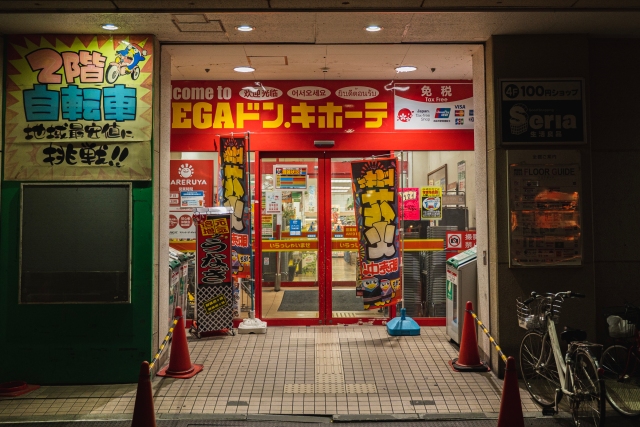
A gyoza eatery behind a closed game arcade in the basement of a Mega Don Quijote–that doesn’t sound spooky at all…
Recently, our Japanese-language correspondent Egawa Tasuku found himself taking a somewhat unplanned trip to Utsunomiya, the capital city of Tochigi Prefecture. Utsunomiya’s well-known specialty food is gyoza, and Egawa vowed that during his first-ever visit to the city he wouldn’t go home until he’d sampled some.
He arrived in the city a little before 8 p.m. Two of the most famous local gyoza eateries, Minmin and Masashi Tsuruta, had sold out hours ago. A lot of other restaurants in the shopping district seemed to have also closed up shop on the early side. Taking a cue from one of our regular travel strategies, he then flagged down a taxi to take him somewhere that was still open where he could get some of the prized dumplings. The driver assured him that he knew of a place that was perfect for both Utsunomiya gyoza beginners and seasoned (no pun intended) professionals alike.
He was dropped off in front of a Mega Don Quijote–our favorite nationwide chain of discount stores. “Huh?” Egawa understandably thought.
Aha! The actual gyoza eatery was in the basement of the Don Quijote building. He quickly spied signs for “Utsunomiya Gyoza Kirasse” and proceeded downstairs.
Even though a local had recommended this place to him, he couldn’t help but be suspicious the whole time he was walking. Gyoza in the basement level of Don Quijote? That just seemed…not great. Plus, walking through the building at night gave off an eerie vibe as he passed by shut-down and broken arcade games in a game center.
▼ Not to mention that the servers for Lord of Vermilion IV had shut down back in 2019…
To top it off, he tried searching for Kirasse on his smartphone but couldn’t pull up many results. What the heck was going on??
When he finally arrived, a worker cleared up some of his initial confusion. Kirasse wasn’t the name of an individual restaurant, but was rather a collection of food stalls established by the Utsunomiya Gyoza Association where diners could sample gyoza from a selection of the city’s various restaurants. Think of it like a gyoza version of the Shin-Yokohama Ramen Museum’s food court area. It also made logical sense that it would be located in the same space as a Don Quijote, where travelers from other regions of the country are likely to visit while looking for cheap local souvenirs. Hey, all of this actually sounded like a pretty good deal!
Unfortunately the famous restaurant Masashi Tsuruta wasn’t represented in the stalls but Minmin was. Ryumon, Satsuki, Koran, and Menmen were also there, but the latter was closed on this particular day.
Egawa decided to start with Minmin. He hadn’t eaten anything since breakfast and was starving, having taken local trains from Asakusa Station in Tokyo to Tobu-Utsunomiya Station throughout the day. The good news was that the prices on the menu were cheaper than he expected, even from a very well-known restaurant. He could buy six gyoza for only 300 yen (US$2.06). Plus, he felt a certain sense of glee that he would be able to get the jump on his fellow reporters and resident gyoza experts Go Hatori and Takashi Harada, who are always cooking up frozen gyoza in the SoraNews24 office kitchen, by eating fresh gyoza from Minmin. This experience would indeed be excellent to rub in their faces!
And so he ordered two-person servings of all three types of gyoza offered on the menu–pan-fried, deep-fried, and boiled. He began salivating as soon as the plates were delivered.
Without wasting a second, he decided to start with the pan-fried ones. Their shells were thick and soft, and he didn’t detect an overload of garlic like in some gyoza. He thought they were overall versatile and would pair well with any other dish.
This set had also come with a small bowl of chili oil for dipping. The sharp flavor of the oil truly perfected the flavor of the milder gyoza.
Next up were the deep-fried gyoza. They were delightfully crispy but without the incredibly sharp edges that can sometimes hurt the inside of your mouth. They gave a little bit of resistance when Egawa bit into them but then gave way at the perfect point–kind of like a tsundere gyoza, if you can imagine that.
Last but not least were the boiled gyoza. Egawa was surprised to see so much hot water in the bowl along with the dumplings. It almost seemed like a dumpling soup, but the “broth” really was just plain water.
He picked one up with a soup spoon and dipped it in soy sauce before popping it in his mouth. This one tasted pretty…ordinary.
Now, Egawa eats pan-fried and deep-fried gyoza at Saitama’s Gyoza no Manshu restaurant chain about three times a week. The equivalent versions of those here could definitely rival that deliciousness–but the boiled ones didn’t compare.
The extra water in the bowl was definitely bothering him–he felt that he was missing something. He peeked over at a fellow diner who looked by all accounts like a local middle-aged salaryman. He was adding ample amounts of soy sauce and vinegar to his bowl in a way that seemed completely natural. Could adding seasonings directly to the bowl be the local style of eating boiled gyoza…?
It was risky business. If he messed up, the whole bowl would no longer be edible. Since he was gambling, he decided to remove a chunk of the dumplings for safekeeping before going all out.
▼ Here goes nothing…!
Adding the seasonings directly to the bowl turned out to be the correct way of doing things. This way he could also customize the taste exactly to his liking. Copying the local had absolutely paid off!
At this point he realized that he had only 15 minutes before Kirasse was closing, so he wolfed down the rest of his food as quickly as he could and bought takeout from the other three stores that were represented. It was too bad that he couldn’t taste them fresh, but this was better than nothing.
A pack of six pan-fried gyoza from Satsuki were also only 300 yen. They were soft and more garlicky than the ones from Minmin.
The takeout set from Koran was two servings of 12 gyoza total for a total of 600 yen. They were possibly his favorite of the lot. Their shells were similarly crunchy to Minmin’s but were overall more aromatic. He felt that he could eat these endlessly.
Finally, a set of six gyoza from Ryumon cost 320 yen. The way these ones were fried was a bit distinctive, and he could taste some kind of added spice. It wasn’t spicy in the hot sense but flavorful. These shells were also the crunchiest of the bunch.
All in all, despite his misgivings at the start, Egawa thought that Kirasse turned out to be the perfect spot for an Utsunomiya gyoza beginner. You can sample a variety of different styles there, comparing them until you find one to your liking, and discover new ways of eating them at the same time.
For more unexpected local gyoza findings, see this piece about the Gyoza Supermarket Pub in Fukuoka at the other end of the country.
Reference: Utsunomiya Gyoza Association
All images © SoraNews24
● Want to hear about SoraNews24’s latest articles as soon as they’re published? Follow us on Facebook and Twitter!
[ Read in Japanese ]

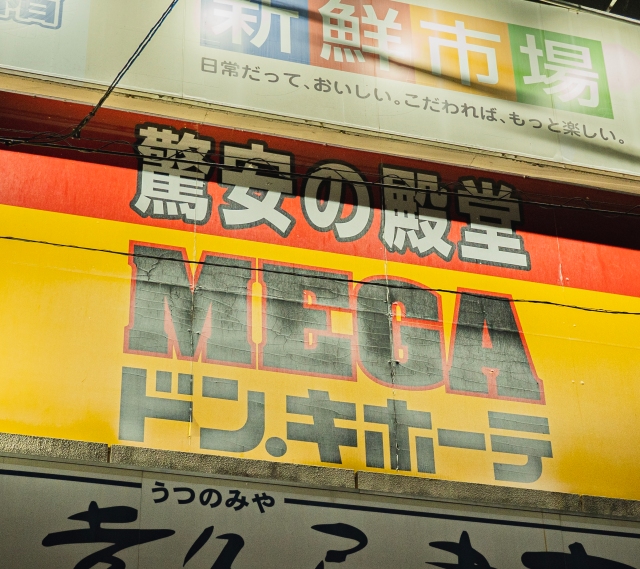
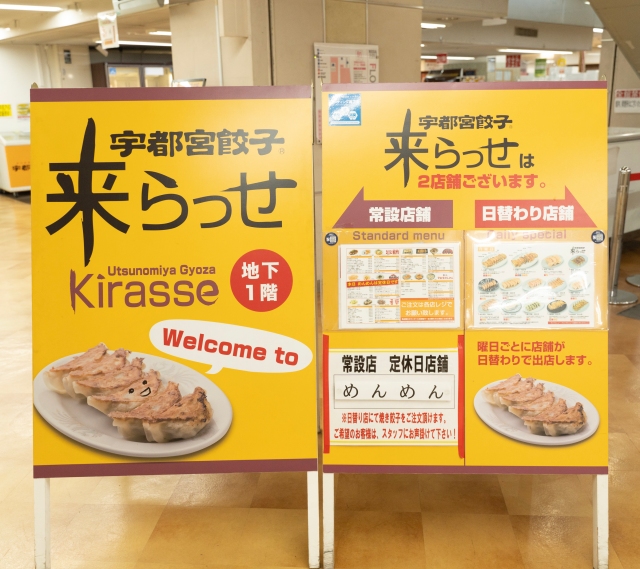
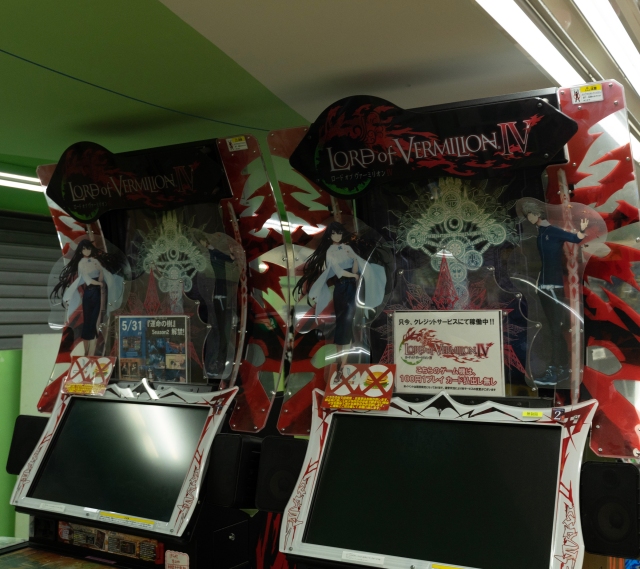
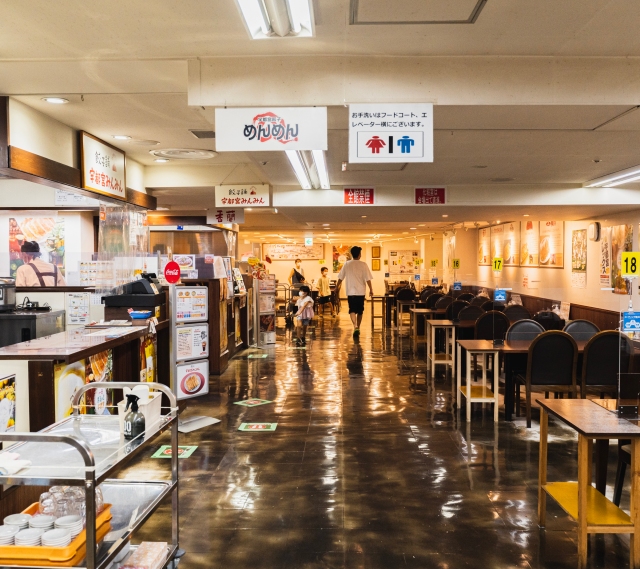
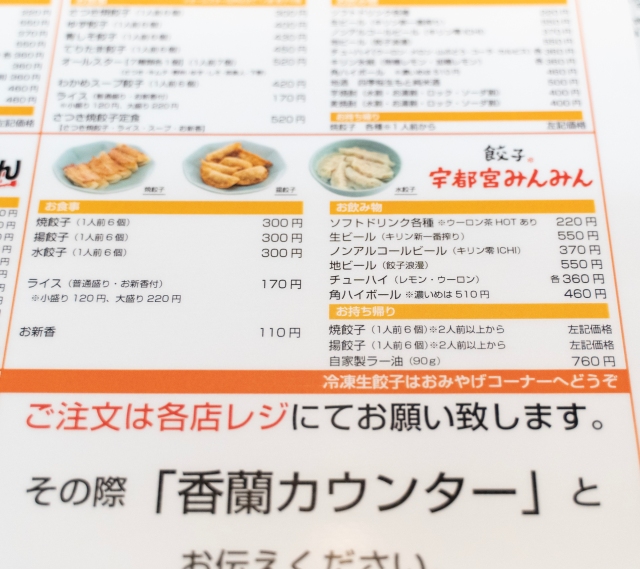
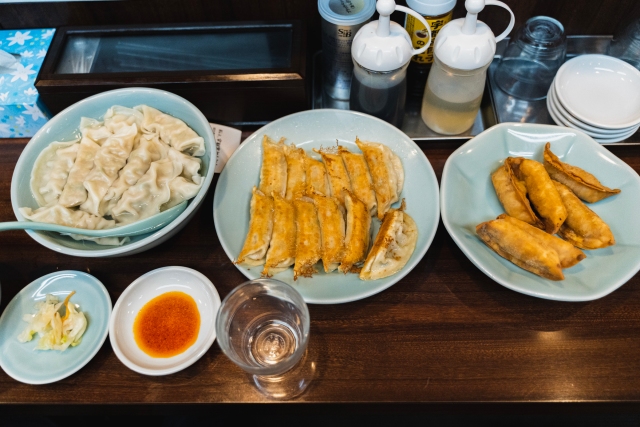
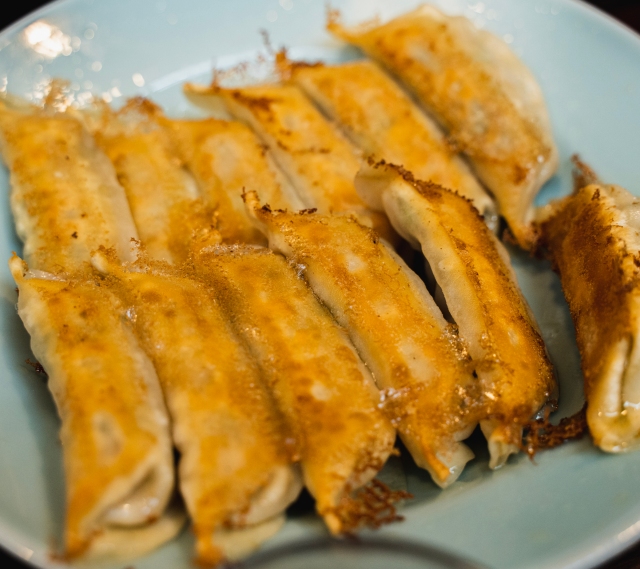
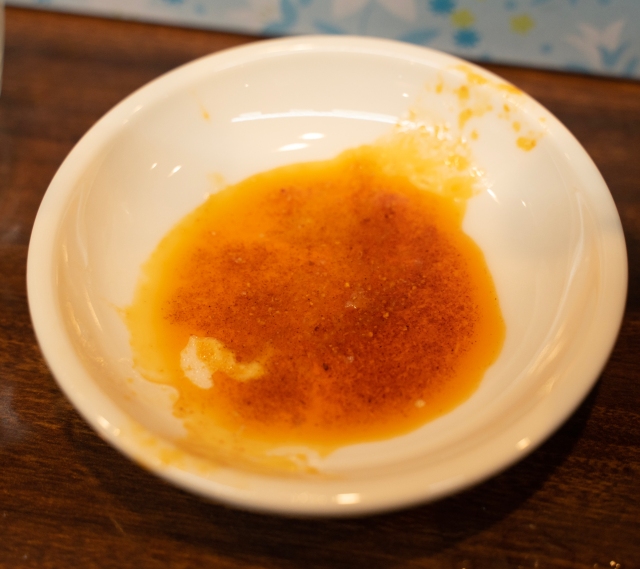
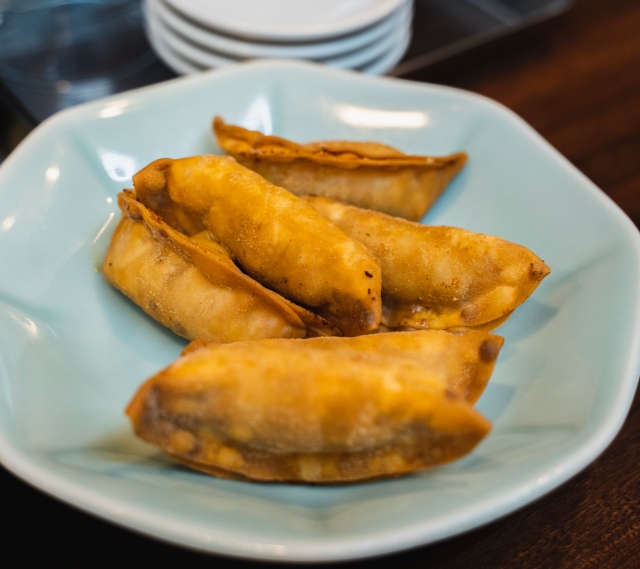
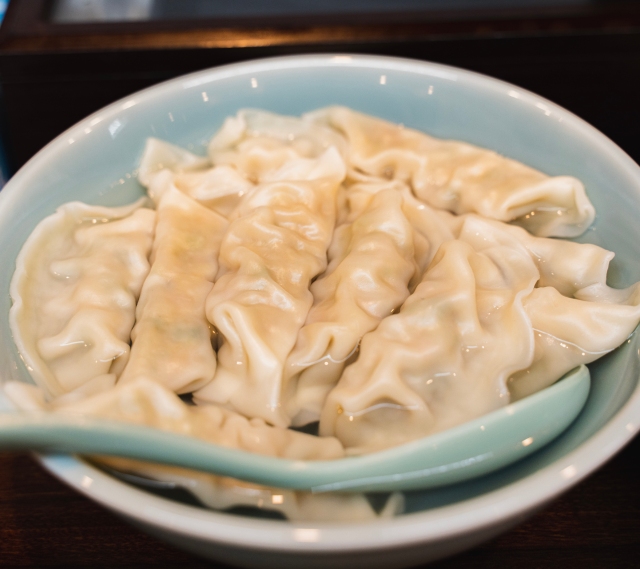
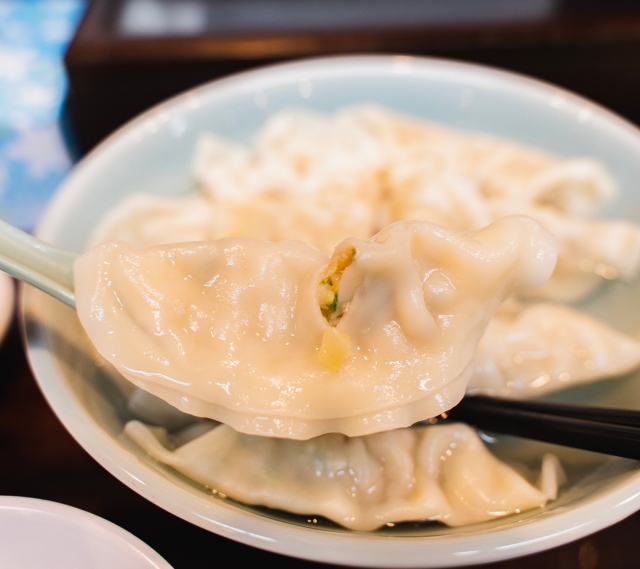
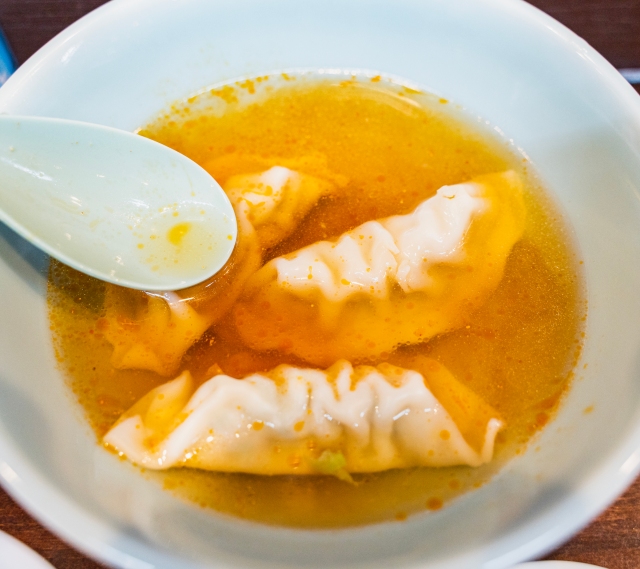
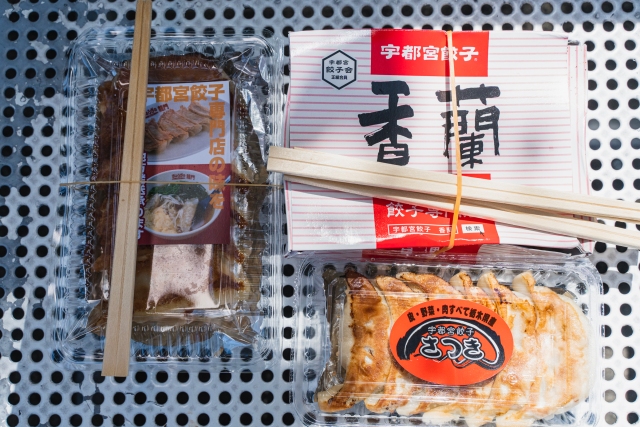
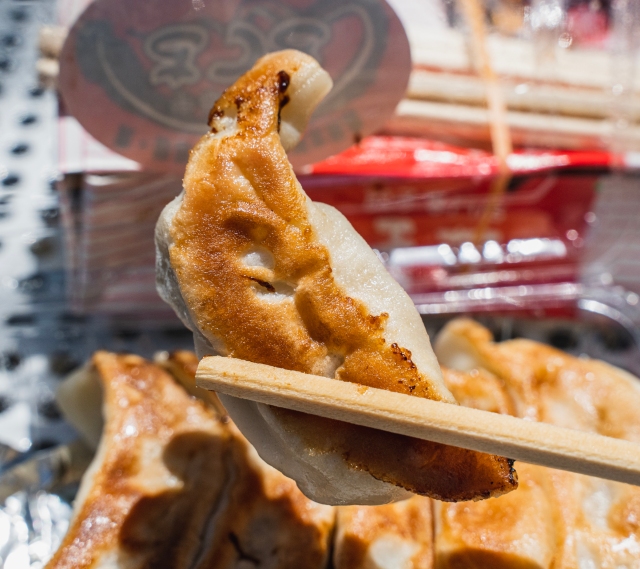
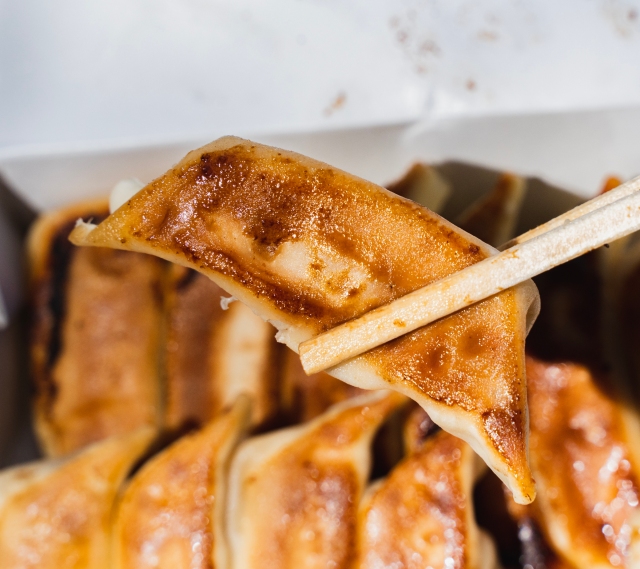
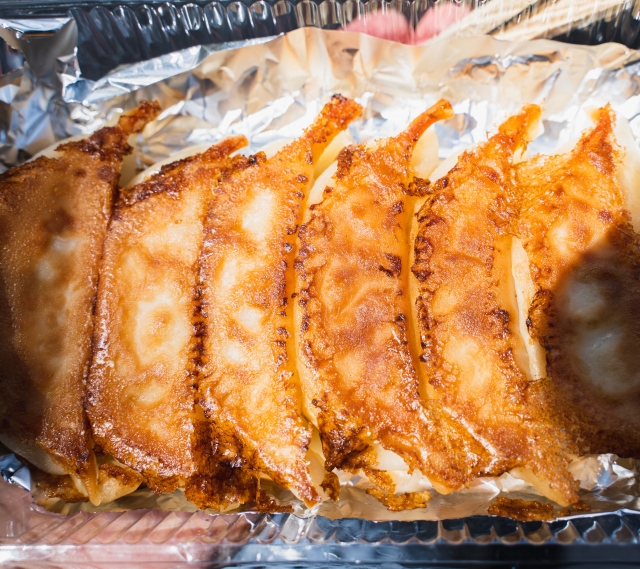
 3 unusual gyoza creations from Tochigi Prefecture, the Japanese capital of dumplings 【Taste Test】
3 unusual gyoza creations from Tochigi Prefecture, the Japanese capital of dumplings 【Taste Test】 Time to head north: Tochigi Prefecture’s gyoza-flavored rice topping is nothing short of divine
Time to head north: Tochigi Prefecture’s gyoza-flavored rice topping is nothing short of divine We try Ajinomoto’s new frozen gyoza, come up with a dangerously delicious way to eat them
We try Ajinomoto’s new frozen gyoza, come up with a dangerously delicious way to eat them Who made the tastiest gyoza in 2021? We decide on our favourite pot stickers
Who made the tastiest gyoza in 2021? We decide on our favourite pot stickers Japan’s Gyoza Filling Curry — Combination of two great foods reminds us of another great food
Japan’s Gyoza Filling Curry — Combination of two great foods reminds us of another great food Red light district sushi restaurant in Tokyo shows us just how wrong we were about it
Red light district sushi restaurant in Tokyo shows us just how wrong we were about it McDonald’s new Happy Meals offer up cute and practical Sanrio lifestyle goods
McDonald’s new Happy Meals offer up cute and practical Sanrio lifestyle goods Japanese ramen restaurants under pressure from new yen banknotes
Japanese ramen restaurants under pressure from new yen banknotes Sandwiches fit for a sumo served up in Osaka【Taste Test】
Sandwiches fit for a sumo served up in Osaka【Taste Test】 Tokyo Tsukiji fish market site to be redeveloped with 50,000-seat stadium, hotel, shopping center
Tokyo Tsukiji fish market site to be redeveloped with 50,000-seat stadium, hotel, shopping center Beautiful Red and Blue Star luxury trains set to be Japan’s new Hokkaido travel stars
Beautiful Red and Blue Star luxury trains set to be Japan’s new Hokkaido travel stars Anime girl English teacher Ellen-sensei becomes VTuber/VVTUber and NFT
Anime girl English teacher Ellen-sensei becomes VTuber/VVTUber and NFT Starbucks Japan adds a Motto Frappuccino to the menu for a limited time
Starbucks Japan adds a Motto Frappuccino to the menu for a limited time Historical figures get manga makeovers from artists of Spy x Family, My Hero Academia and more
Historical figures get manga makeovers from artists of Spy x Family, My Hero Academia and more Sakura tree falls on man at Sannenzaka near Kiyomizu temple in Kyoto 【Breaking News】
Sakura tree falls on man at Sannenzaka near Kiyomizu temple in Kyoto 【Breaking News】 All-you-can-drink Starbucks and amazing views part of Tokyo’s new 170 meter-high sky lounge
All-you-can-drink Starbucks and amazing views part of Tokyo’s new 170 meter-high sky lounge More foreign tourists than ever before in history visited Japan last month
More foreign tourists than ever before in history visited Japan last month French Fries Bread in Tokyo’s Shibuya becomes a hit on social media
French Fries Bread in Tokyo’s Shibuya becomes a hit on social media Studio Ghibli releases new action figures featuring Nausicaä of the Valley of the Wind characters
Studio Ghibli releases new action figures featuring Nausicaä of the Valley of the Wind characters New private rooms on Tokaido Shinkansen change the way we travel from Tokyo to Kyoto
New private rooms on Tokaido Shinkansen change the way we travel from Tokyo to Kyoto Starbucks reopens at Shibuya Scramble Crossing with new look and design concept
Starbucks reopens at Shibuya Scramble Crossing with new look and design concept Studio Ghibli glasses cases let anime characters keep an eye on your spectacles
Studio Ghibli glasses cases let anime characters keep an eye on your spectacles Beautiful Ghibli sealing wax kits let you create accessories and elegant letter decorations【Pics】
Beautiful Ghibli sealing wax kits let you create accessories and elegant letter decorations【Pics】 Studio Ghibli releases Kiki’s Delivery Service chocolate cake pouches in Japan
Studio Ghibli releases Kiki’s Delivery Service chocolate cake pouches in Japan New definition of “Japanese whiskey” goes into effect to prevent fakes from fooling overseas buyers
New definition of “Japanese whiskey” goes into effect to prevent fakes from fooling overseas buyers Our Japanese reporter visits Costco in the U.S., finds super American and very Japanese things
Our Japanese reporter visits Costco in the U.S., finds super American and very Japanese things Studio Ghibli unveils Mother’s Day gift set that captures the love in My Neighbour Totoro
Studio Ghibli unveils Mother’s Day gift set that captures the love in My Neighbour Totoro New Japanese KitKat flavour stars Sanrio characters, including Hello Kitty
New Japanese KitKat flavour stars Sanrio characters, including Hello Kitty New Pokémon cakes let you eat your way through Pikachu and all the Eevee evolutions
New Pokémon cakes let you eat your way through Pikachu and all the Eevee evolutions Disney princesses get official manga makeovers for Manga Princess Cafe opening in Tokyo
Disney princesses get official manga makeovers for Manga Princess Cafe opening in Tokyo Sales of Japan’s most convenient train ticket/shopping payment cards suspended indefinitely
Sales of Japan’s most convenient train ticket/shopping payment cards suspended indefinitely Sold-out Studio Ghibli desktop humidifiers are back so Totoro can help you through the dry season
Sold-out Studio Ghibli desktop humidifiers are back so Totoro can help you through the dry season Japanese government to make first change to romanization spelling rules since the 1950s
Japanese government to make first change to romanization spelling rules since the 1950s Ghibli founders Toshio Suzuki and Hayao Miyazaki contribute to Japanese whisky Totoro label design
Ghibli founders Toshio Suzuki and Hayao Miyazaki contribute to Japanese whisky Totoro label design Doraemon found buried at sea as scene from 1993 anime becomes real life【Photos】
Doraemon found buried at sea as scene from 1993 anime becomes real life【Photos】 Tokyo’s most famous Starbucks is closed
Tokyo’s most famous Starbucks is closed One Piece characters’ nationalities revealed, but fans have mixed opinions
One Piece characters’ nationalities revealed, but fans have mixed opinions We asked a Uniqlo employee what four things we should buy and their suggestions didn’t disappoint
We asked a Uniqlo employee what four things we should buy and their suggestions didn’t disappoint Princesses, fruits, and blacksmiths: Study reveals the 30 most unusual family names in Japan
Princesses, fruits, and blacksmiths: Study reveals the 30 most unusual family names in Japan Japan now has “Gyoza for Athletes”, thanks to figure skating Olympian Yuzuru Hanyu 【Taste test】
Japan now has “Gyoza for Athletes”, thanks to figure skating Olympian Yuzuru Hanyu 【Taste test】 Model Nana Suzuki declared ‘The Best Gyozanist 2021’, Mr. Sato and the gang robbed
Model Nana Suzuki declared ‘The Best Gyozanist 2021’, Mr. Sato and the gang robbed Japanese snack maker develops portable gyoza you can eat anywhere, anytime
Japanese snack maker develops portable gyoza you can eat anywhere, anytime Croissant gyoza: Pie-like dumplings take Japan by storm
Croissant gyoza: Pie-like dumplings take Japan by storm Gyoza No Ohsho celebrates birthday with discounts on the weekend of 25 December
Gyoza No Ohsho celebrates birthday with discounts on the weekend of 25 December Gyoza ramen! Two of Japan’s best comfort foods in one bowl at innovative restaurant【Taste test】
Gyoza ramen! Two of Japan’s best comfort foods in one bowl at innovative restaurant【Taste test】 We try Ajinomoto’s European Chicken Katsu Curry Style frozen gyoza that has no katsu in it
We try Ajinomoto’s European Chicken Katsu Curry Style frozen gyoza that has no katsu in it Michelin Guide gyoza in Tokyo: Worthy of the accolade?
Michelin Guide gyoza in Tokyo: Worthy of the accolade? We get to be (probably) the first ever to try Nissin Cup Noodle’s latest creation: Gyoza ramen!
We get to be (probably) the first ever to try Nissin Cup Noodle’s latest creation: Gyoza ramen! Noodles before dumplings? Argument over ramen and gyoza ends in arrest
Noodles before dumplings? Argument over ramen and gyoza ends in arrest Gyoza Hot Dog: Japan’s new must-try local street food
Gyoza Hot Dog: Japan’s new must-try local street food Gyoza rice balls are here, and everyone agrees they look awesome, but are they? 【Taste Test】
Gyoza rice balls are here, and everyone agrees they look awesome, but are they? 【Taste Test】 Vending machine that serves handmade gyoza found in Yokohama!
Vending machine that serves handmade gyoza found in Yokohama! We made pan-fried and baked mini apple pies using gyoza dumpling wrappers【SoraKitchen】
We made pan-fried and baked mini apple pies using gyoza dumpling wrappers【SoraKitchen】 We tried to use our leftover gyoza wrappers to make marshmallow puffs…but it didn’t go to plan
We tried to use our leftover gyoza wrappers to make marshmallow puffs…but it didn’t go to plan BonAppetour startup lets you cook and dine with Tokyo locals in their homes
BonAppetour startup lets you cook and dine with Tokyo locals in their homes
Leave a Reply